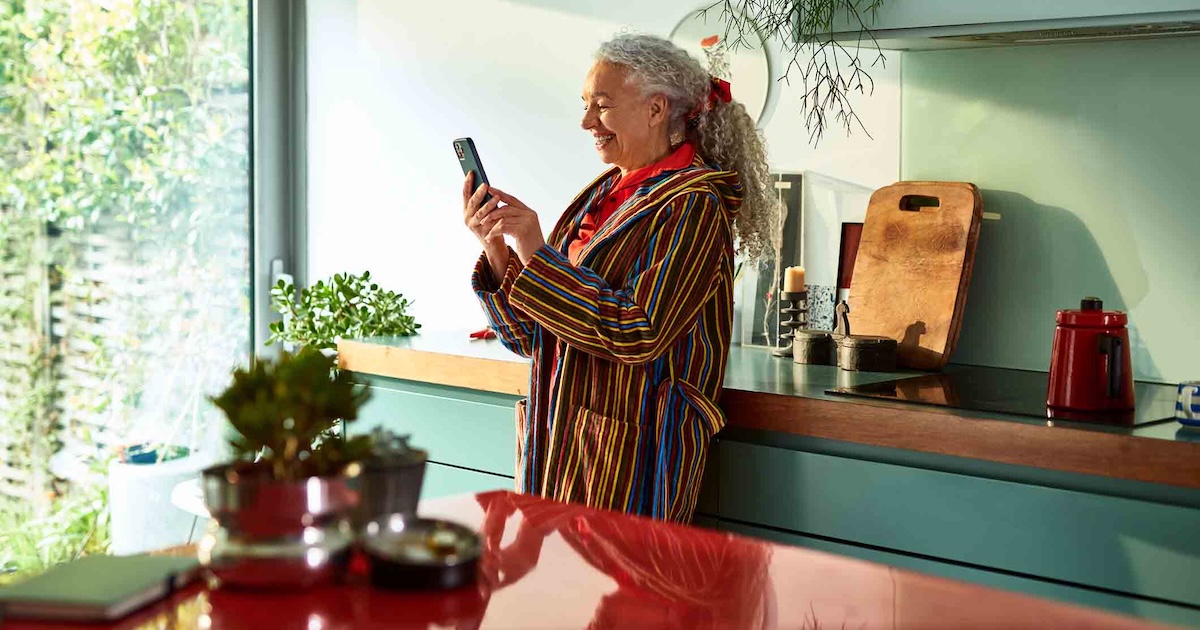(Editor's note: Kyra Bobinet will be a keynote speaker at the upcoming HIMSS Media and Healthcare IT News Patient Engagement Summit, scheduled for Feb. 9-10 in Orlando, Fla. For more details, click here)
Kyra Bobinet, MD MPH, is a national speaker and CEO-founder of engagedIN, a behavior design firm. She received her Masters of Public Health at Harvard and her medical degree at UCSF and has founded health start-ups and created blockbuster products, health apps and evidence-based programs in mind-body and metabolic medicine. She co-teaches patient engagement and health design with Dr. Larry Chu at Stanford School of Medicine and studied in BJ Fogg’s behavior design lab.
Q. What's the one promise of mHealth that will drive the most adoption over the coming year?
A. This year we will see two use cases ripen:
Consumers - In addition to the symptom checking behaviors we now see, in-network doctor searching and out-of-pocket spend estimation will increase due to rising numbers of high deductible plans and cost-shifting to consumers.
Risk-holders - increased communications from risk-bearers (providers, payers or their proxies) with patients over multi-channel delivered via mobile (SMS, email, voicemail, apps).
Q. What mHealth technology will become ubiquitous in the next 5 years? Why?
A. For providers, the infrastructure and revenue structure for on-demand online mobile visits will be in place, as well as more consumer value platforms, like incentives tied to wearable use or deductible savings and loyalty programs to retain patients within a specific provider brand. For consumers, people will use mHealth for specific, episodic self-tracking using app-device pairings in exchange for deductible discounts or provider support (such as the freedom to move to in-home vs. hospital-based care). Wearable mHealth will be used primarily for managing safety and communications across the user’s household. We will also see episodic use in self-tracking to check or improve where the user is at, as well as use for episodic social health experiences, such as a training group.
Q. What's the most cutting-edge application you're seeing now? What other innovations might we see in the near future?
A. Given my bias toward neuroscience, I am most impressed by the neuro-tech space. In many cases there are technologies looking for a business, but some of the early innovation emerging around mental training, telepathy and controlling objects with our minds are really blowing mine!
Q. What mHealth tool or trend will likely die out or fail?
A. That’s easy. Alerts. (At least the way they are done today as annoying, nagging, inaccurate, insensitive guesses.)
Q. What mHealth tool or trend has surprised you the most, either with its success or its failure?
A. The Lumosity app’s consumer success. I initially underestimated how much we will protect and improve our brains using mobile gaming, but it makes sense because we identify our brain as “self,” and everything we do is about managing our self-image. I recommended it to my future father-in-law - 84 years old, Harvard Law grad - when he reported his memory was slipping and have seen a ton of improvement in his sharpness since.
Q. What's your biggest fear about mHealth? Why?
A. Two things. First, I am very excited about the new skillsets of consumer, design and big data that will advance this industry, but mHealth really touches issues of life and death, so the stakes are high to protect people with high-quality, accurate technology. Second, I fear fragmentation. There is a lot of selfishness in data-holding going on across the entire healthcare ecosystem; it reminds me of the frustrating days when PC and Mac word documents did not share. This can really harm patients as we rely more on technology to care for them. I am a staunch advocate for all personal health information being owned and operated by the individual and a big fan of cooperative-minded, all-boats-rise tech players.
Q. Who's going to push mHealth "to the next level" – consumers, providers or some other party?
A. If there’s money to be made in it, and there is, the industry players will drive it, whether provider, payer or health IT. If there’s an issue of saving money, convenience or safety, then the consumers will drive it. Since consumer mobile and connected device use will be like breathing, mHealth will become the norm as part of that lifestyle. Of course, it will be a bit of push from everyone.
Q. What are you working on now?
A. engagedIN, my behavior design firm, has a number of really cool but stealth innovation projects with our clients. The big trend we are seeing right now is designing for on-the-go lifestyle engagement in health (read mHealth). We are also doing a lot of cutting-edge work on emotional intelligence for the somewhat brutish first gen of health tech.


